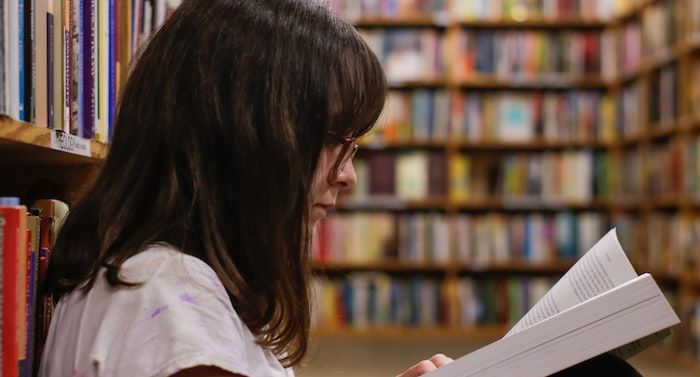As a high school English teacher, the quest to keep my curriculum relevant to my students is ongoing. I’m always on the lookout for new stories or authors that I can bring in the classroom to ensure that it’s something my students haven’t read or seen before. Of course, I’m constantly trying to change the activities to make them develop critical thinking skills. But if those activities are based around the same old tired (read: white) short stories for high school students, it often doesn’t matter how fun or innovative the activity is, the students are not interested because they can’t relate.
Why are new short stories for high school students important?
In education, we are constantly selling the idea of acquiring knowledge. Teens’ attention is being fought over by exponentially more distractions than they were even as recently as ten years ago. Instead of complaining about “kids these days” and taking the “when I was your age” stance, educators need to learn to adapt and offer students high interest stories that they can use to develop their own ideas.
I can already hear the arguments coming against this. Classics are classic for a reason. Students should be held to a high standard. I already have a year’s worth of lesson plans around The Great Gatsby and To Kill a Mockingbird and am over-worked, and now you want me to change?
I get it. I’m also fighting fatigue and burnout. So keep teaching some classics if you think they are excellent works of literature that you’d hate to have students miss out on, but trying pair each in a text set with a contemporary short story with similar themes. I’m not saying that adapting means less rigor or holding students to lower standards. Kids are smart and capable. Adding in texts from diverse perspectives will only enhance the breadth of work students are exposed to, making them draw connections from their own lives and perspectives outside their own, increasing critical thinking skills. Students today also have their finger on the pulse of the world in a way most educators can’t relate to from when they were the same age. We are doing them a disservice by not acknowledging that in how we teach. We also are being willfully ignorant if we only assign “the classics” and believe the students are reading them in their entirety. Come on, y’all. We were students once, too, and know a lot of these kids aren’t starting, much less finishing, the stories we assign.
One thing I’m doing to help my students buy into reading the whole story is to make sure I have stories with people who look like them. Also, I’m making sure they have stories full of people who don’t look like them. Teenagers don’t have much life experience yet, and that makes their world views narrow because the world they live in is small, many never having left the state where they were born. Exposing them to stories from different authors of different races, religions, and cultures helps them see beyond their school district. Yes, yes, they have the internet at their fingertips and could search for these things, but the algorithm learns them quickly and continues to feed them more of the like to keep views up and keep them engaged. As teachers, we need to learn to keep them engaged by doing just the opposite.
Finding diverse short stories for high school is daunting. Just typing “contemporary short stories for high school” into Google brings back 143,000,000 results. Most of us are already working long beyond our contracted hours, and now I’m asking you to spend even more time reading stories that might not even be good or usable in class?
Don’t worry. I have some lists of short stories for high school students to get you started. The titles below are a jumping off point, not a comprehensive list. Note: Some of these stories have strong language.
Relationships
Family
Coming-of-Age
Another tip I wanted to mention, but doesn’t fit neatly in the above themes, is that you can find collections of short stories online by different racial or cultural groups by switching up your default search terms. For example, Viewfinders: 10 Y.A. Novelist Spin Fiction from Vintage Photos from The New York Times came up when I searched “short stories for asian teens” but it took a little digging and clicking through to find. This collection features authors such as Malinda Lo, Soman Chainani, Marie Lu, Sabaa Tahir, and David Yoon.
Please, go back to your lesson plans and ask yourself these questions: Who’s missing? Who’s not represented? Do I have a student in my class who can’t see themselves in anything I’m teaching all year? Then find the story for that kid. That’s how we reach them, by showing them that we see them.
Here are some other resources from Book Riot that can help you on your resource search as well:
